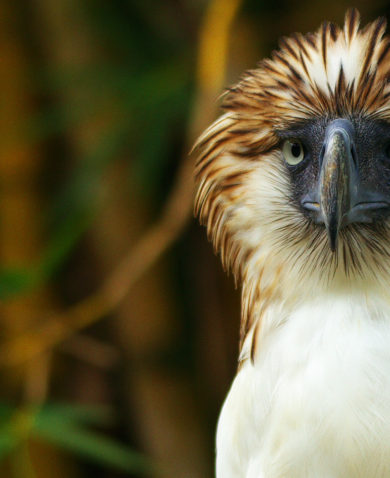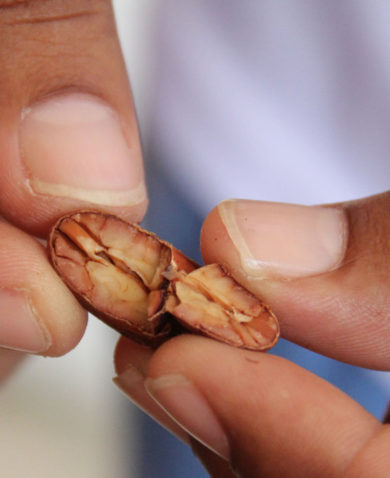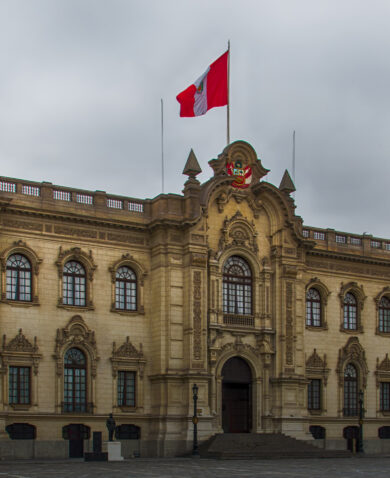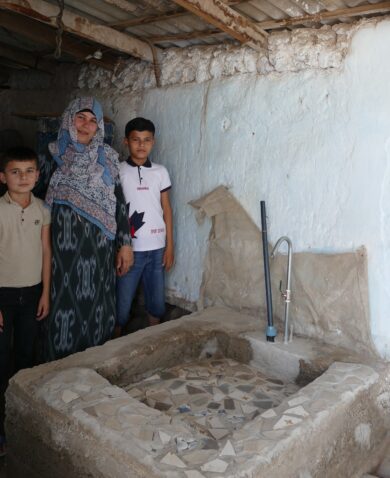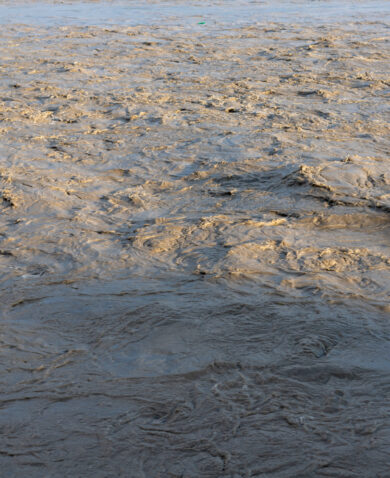Establishing the CORB Fund
Chemonics’ USAID-funded Resilient Waters program (building on the Southern African Regional Environmental Program before it) worked with OKACOM, the Climate Resilient Infrastructure Development Facility, the Nature Conservancy, and other stakeholders to officially establish the CORB Fund in December 2019. The Fund is registered as a legal entity in Botswana with three distinct management levels – five members, seven board directors, and an executive director – comprised of state and non-governmental actors with expertise in water, livelihoods, and ecosystems.
The Fund has a three-phase blended finance capitalization plan:
- The Demonstration Phase. After establishing the Fund as a legal entity, seeding a $20M “sinking vehicle” – funds which will be used to establish the Fund operations and initial activities to demonstrate impact. This includes seed funding from the basin governments and grants through bi-lateral and multilateral organizations.
- The Fundraising Phase – After demonstrating a track record from the demonstration phase, fundraising for the $250M “endowment vehicle” – funds which will be invested with activities financed from interest and returns without drawing on the principle. Funding will focus on building the endowment with investor outreach to foundations, social impact investors, and the private sector.
- The Investment Phase – After fundraising goals have been met, the Fund will operate in perpetuity using endowment interest and returns for interventions which advance community ownership and effective governance, enhance sustainable livelihoods, and protect and restore natural systems.
Addressing the Challenge of Sustainable Conservation Finance
Conservation funding is challenging as projects rarely generate sufficient financial returns at scale to attract private investment. The CORB Fund takes two general approaches to tackle this challenge. The first is understanding that, while many of the activities are not profit-oriented, returns can be seen through rigorous monitoring and evaluation data on development objectives (which can demonstrate environmental, social, and governance leadership to shareholders and consumers) and by strengthening supply chains and resource bases for those already investing in the basin. The second approach is re-directing traditional donor project-based conservation and development funding to a blended financing model with donor, private sector, and philanthropic investments supporting a single, sustainable, and locally driven entity. While the shifting of the funding paradigm will not be easy, in co-developing the Fund with the donors it is targeting as funders, the CORB Fund is already making the case and building the trust required to make it work.
Implementing the CORB Fund and Beyond
Managing river basins requires approaches that are customized and appropriate to respond to the specific complexities and challenges of the natural and human communities they support. Conservation trust funds are different everywhere and should be fit for purpose relating to the specific needs and resources of the target area. With the world-renowned biodiversity of the Okavango Delta, recognized ecological importance of the system to the region, and long-standing international community support, the CORB Fund is well tailored to be successful in its blended finance mix of donor, philanthropic, and private funding. Other funds, however, focus on different approaches such as payments for ecosystem services or carbon offsets where the resource base and economic opportunities best align with those approaches.

Whose basin is it? Who benefits? Who pays? Who controls the resources? With CTFs such as the CORB Fund, land managers and communities from the Cubango-Okavango River Basin can answer “Ours” and “We do” without regard to borders. While the CORB Fund is in the first phase of capitalization, it is the realization of years of planning, cooperation, and hard work with a wide range of actors. It is an exciting time for conservation trust funds in general, and the CORB Fund in particular. The more the development community can support these types of innovative initiatives, the more we can learn about how to enhance lives, create local ownership, and protect nature.
Banner image caption: Aerial view of the Cubango-Okavango River Basin. The photo was taken by Brian App.
Posts on the blog represent the views of the authors and do not necessarily represent the views of Chemonics.














